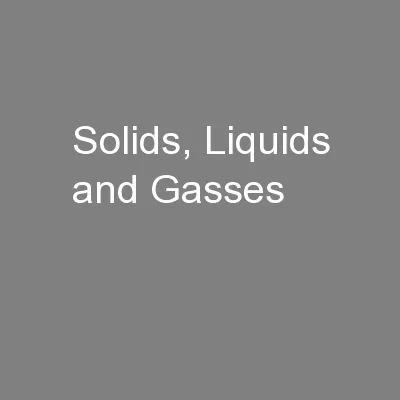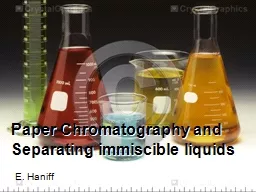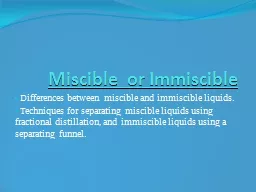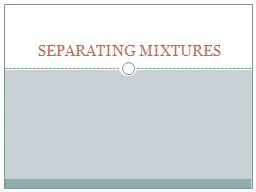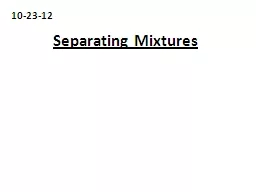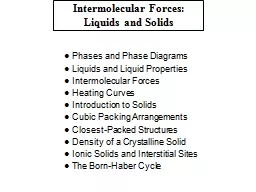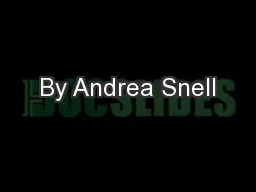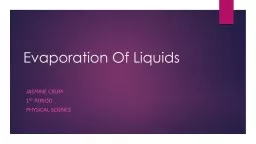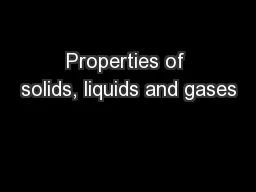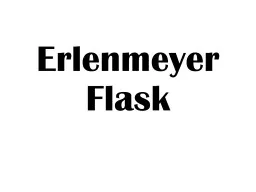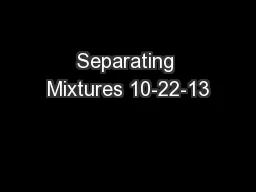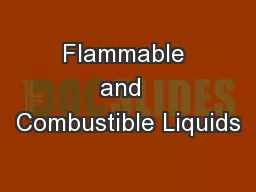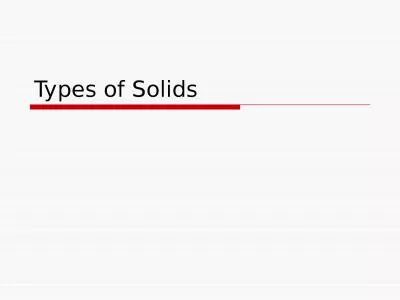PDF-Separating solids from liquids
Author : phoebe-click | Published Date : 2016-05-25
PCD00002EN 0909 Alfa Laval is a leading global provider of specialized products and engineeredare dedicated to helping customers to optimize the performance of theirprocesses
Presentation Embed Code
Download Presentation
Download Presentation The PPT/PDF document "Separating solids from liquids" is the property of its rightful owner. Permission is granted to download and print the materials on this website for personal, non-commercial use only, and to display it on your personal computer provided you do not modify the materials and that you retain all copyright notices contained in the materials. By downloading content from our website, you accept the terms of this agreement.
Separating solids from liquids: Transcript
Download Rules Of Document
"Separating solids from liquids"The content belongs to its owner. You may download and print it for personal use, without modification, and keep all copyright notices. By downloading, you agree to these terms.
Related Documents


